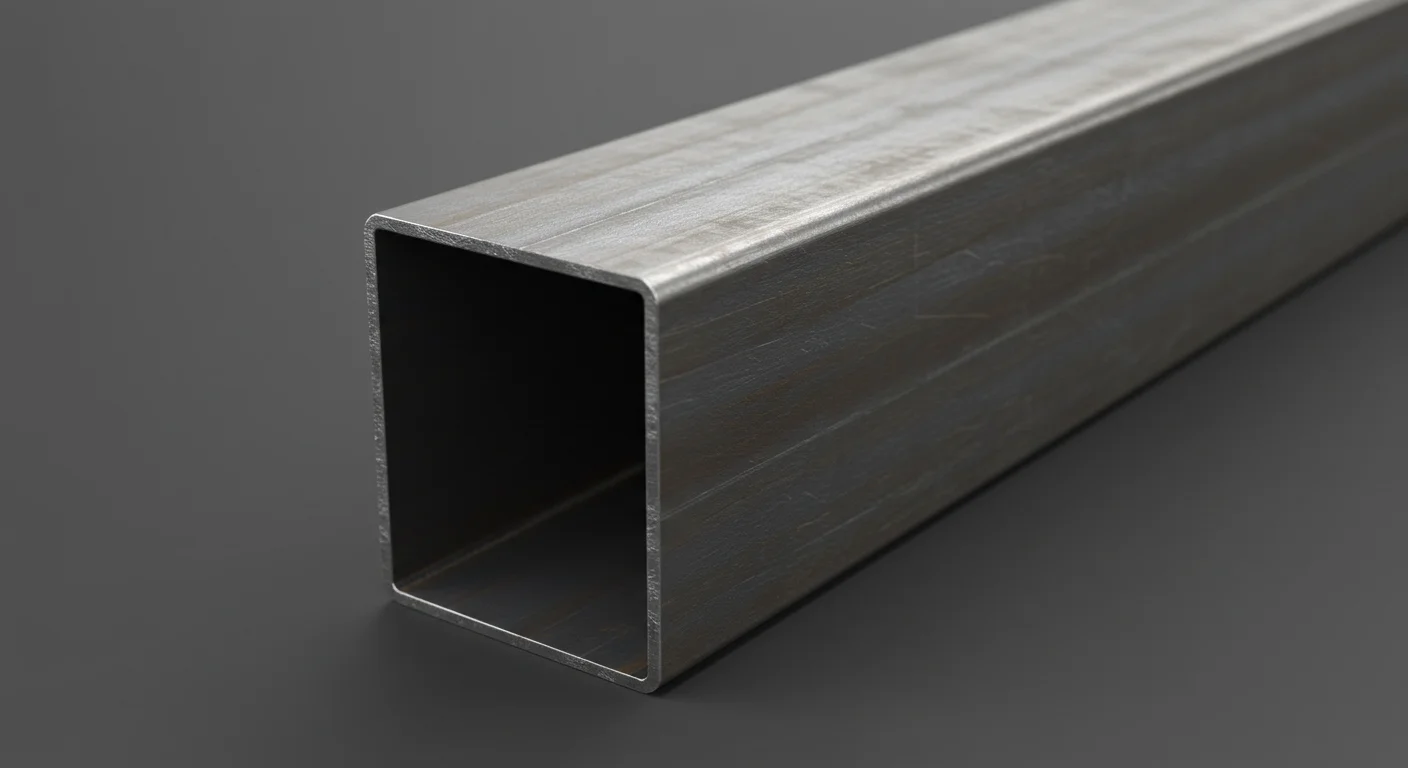## Decoding the Stainless Steel Rectangular Tube Size Chart: A Guide to Selection and Application


The stainless steel rectangular tube size chart is a crucial resource for engineers, fabricators, and designers working with this versatile material. Understanding its nuances is essential for selecting the right tube for a specific application, ensuring structural integrity, and optimizing project costs. This article delves into the intricacies of these charts and provides a framework for effective utilization.
A typical stainless steel rectangular tube size chart outlines various dimensions, typically including:
* **Outer Dimensions:** The overall width and height of the rectangular tube’s external profile. These are usually expressed in millimeters (mm) or inches (in). Precision in these measurements is vital for accurate fitting and assembly.
* **Wall Thickness:** The thickness of the tube’s metal walls. This significantly influences the tube’s strength, weight, and cost. Thicker walls offer greater structural rigidity and load-bearing capacity but add to the overall weight and expense. Thinner walls are lighter and cheaper but compromise strength. The chart will usually specify the wall thickness in millimeters (mm) or gauge.
* **Grade of Stainless Steel:** The chart might specify the grade of stainless steel (e.g., 304, 316, 430). Each grade possesses unique properties regarding corrosion resistance, strength, and weldability, impacting the suitability for different environments and applications. Understanding the nuances of these grades is critical for selecting the appropriate material.
* **Length:** While not always explicitly detailed within the size chart itself, the available lengths of the rectangular tubes are usually provided by the supplier. These lengths often come in standard sizes, potentially influencing cutting and waste management during fabrication.
**Interpreting the Chart and Selecting the Right Tube:**
Navigating the size chart requires careful consideration of several factors:
* **Required Strength and Rigidity:** The application dictates the necessary structural integrity. Heavier loads and greater stresses demand thicker wall tubes.
* **Corrosion Resistance:** The operating environment dictates the required grade of stainless steel. Harsh chemical or marine environments necessitate higher corrosion-resistant grades like 316.
* **Budget Constraints:** Thicker wall tubes and higher grades of stainless steel are more expensive. Optimizing the selection involves balancing performance requirements with cost limitations.
* **Aesthetic Considerations:** The visible dimensions of the tube might play a role in design choices, especially in applications where the tube is a prominent design element.
**Beyond the Chart:**
While the size chart provides essential dimensional data, it’s crucial to consult the supplier’s material specification sheets for complete information, including:
* **Mechanical properties:** Tensile strength, yield strength, and elongation.
* **Weldability:** Guidelines for welding procedures and suitability for different welding techniques.
* **Surface finish:** The type of finish (e.g., polished, brushed, pickled) influences the aesthetics and corrosion resistance.
In conclusion, the stainless steel rectangular tube size chart is an invaluable tool. However, its effective use requires a comprehensive understanding of its content, coupled with a thorough analysis of the application’s specific requirements. By carefully considering the factors outlined above, engineers and designers can confidently select the optimal stainless steel rectangular tube, ensuring project success.
Stainless Steel Rectangular Tube Size Chart: A Complete Guide to Selection & Application — This article provides a practical buyer‑focused overview with specifications, selection tips, and on‑site considerations. Explore related topics: blog.
Key Specifications and Standards
- Standards: ASTM / EN / JIS (e.g., ASTM A240/A36, EN 10088/10025, JIS G4304/G3131).
- Surface options: 2B, BA, No.4, HL, mirror; galvanized (electro / hot‑dip).
- Processing: hot‑rolled, cold‑rolled, annealed & pickled, welded or seamless.
- Typical services: slitting, shearing, cut‑to‑length, drilling, beveling, deburring.
- Documentation: MTC, CO, packing list with net/gross weight and heat numbers.
Typical Applications
Construction, machinery, automotive, energy, enclosures and fencing, food equipment (for stainless), and general fabrication. Match grade and finish to corrosion, strength, and appearance requirements.
Selection Guide
- Use certified material with Mill Test Certificate (MTC).
- Confirm standards (ASTM/EN/JIS) and tolerances per drawing.
- Match surface finish to application (2B/BA/No.4/galvanized).
- Specify dimensions and acceptable deviation upfront.
- Plan packaging and corrosion protection for transit.
Processing, Packaging and Logistics
We adopt edge protection, waterproof wrapping, rust‑inhibiting paper, fumigated pallets, and strapping suitable for sea freight. Loading photos and weight lists are provided for each shipment.
FAQs
Q: What lead time can I expect?
A: Typically 7–15 days ex‑works for standard sizes; custom processing may extend the schedule.
Q: Can you provide cut‑to‑size service?
A: Yes. We slit, shear, cut, drill, bevel and deburr to drawing to reduce waste and speed installation.
Q: How do you ensure quality?
A: Incoming inspection, process control, and final inspection with traceable heat numbers; third‑party inspection is available.
Q: Do you support small trial orders?
A: We support pilot quantities with consolidated shipping to control cost.
All values are typical and for guidance only; confirm with the datasheet and purchase order before production.
Related products: view details.
Related products: view details.




Leave a Reply